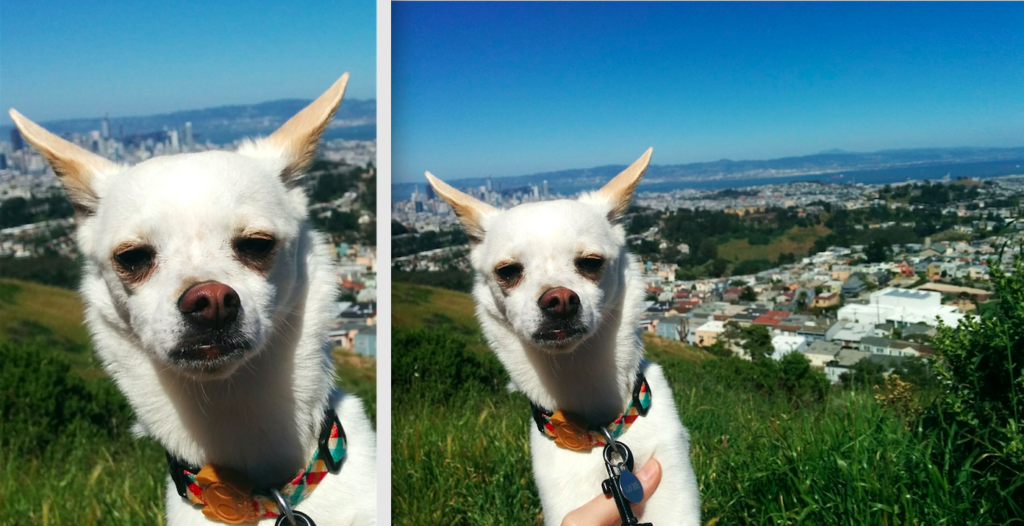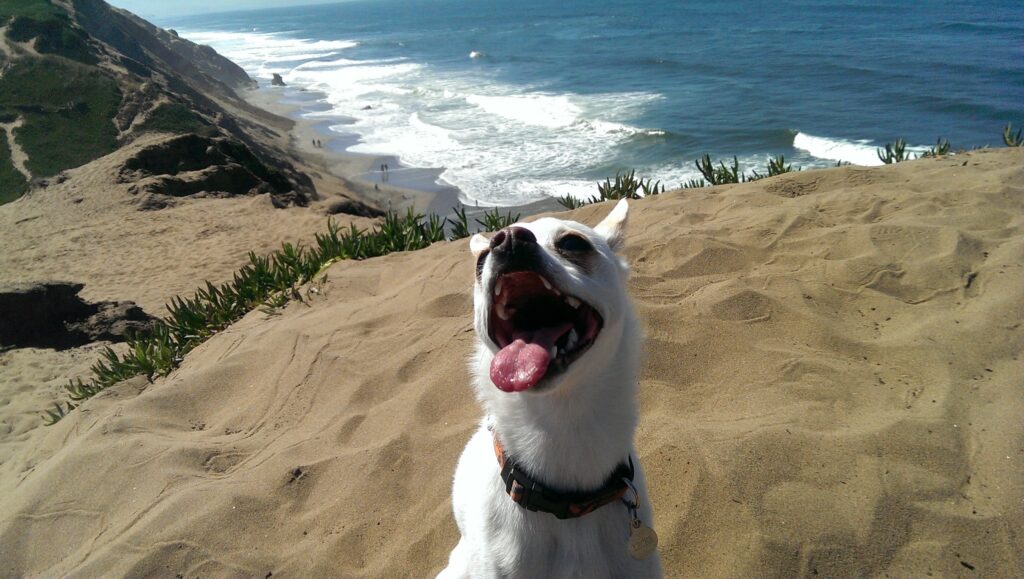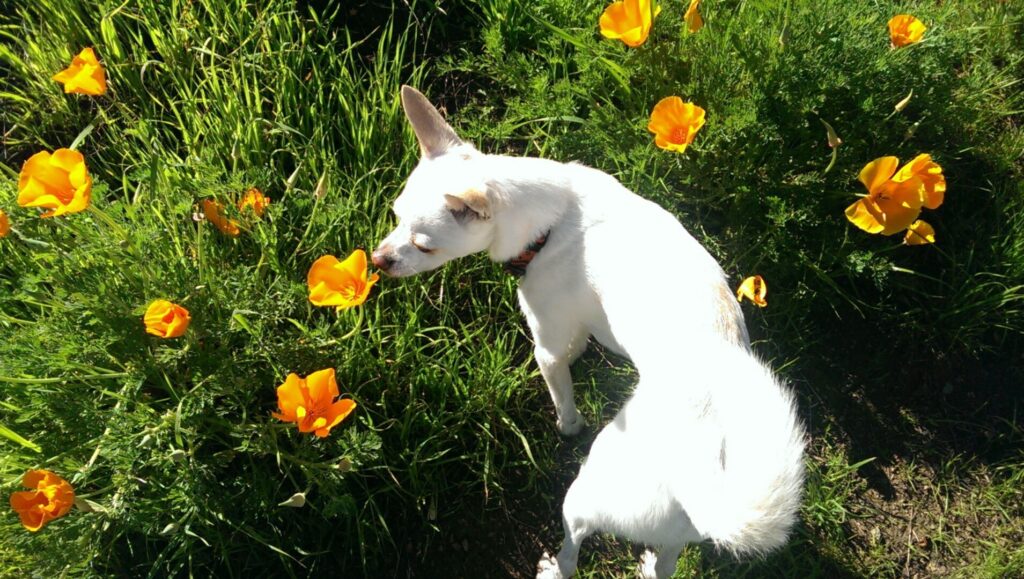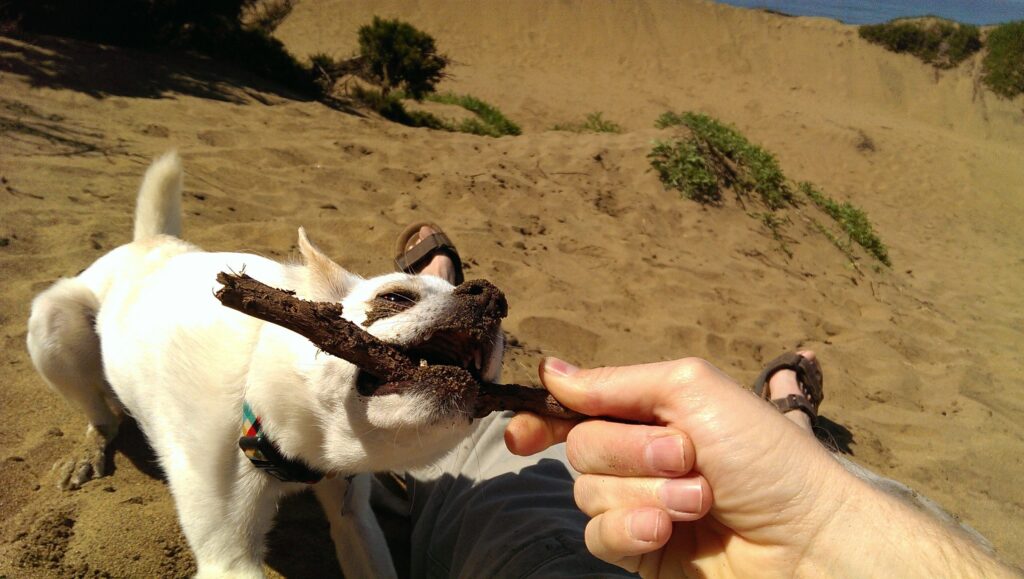Art educators often venture into the summer months on the hunt for artistic exemplars. Sometimes we’re searching for specific types of art that correspond with our assignments, and other times we’re simply seeking dynamic work. When we find great examples, we often document them with our cameras. In this way, we can “collect” a wide variety of art to inspire our students.
However, have you ever thought about using your camera in a different way?
In addition to photographing the work of others, what if you used your own photography to reinforce artistic concepts?
Photographs we take during our summer journeys can illustrate numerous artistic concepts. We can document elements of art, principles of design, and other artistic conventions as we interact with the world. We can bring these photographs back to our classrooms as tools to help students comprehend artistic vocabulary.

One way to document artistic concepts is to make it a scavenger hunt! A scavenger hunt is a perfect summer activity, and using this strategy has multiple classroom benefits. Whether you partner up with friends or family or go out on a journey of your own, an artistic scavenger hunt makes seeking classroom exemplars fun! A scavenger hunt can happen anytime, anywhere.
How Do I Start My Scavenger Hunt?
There are two ways to determine what concepts you will pursue on your expedition. First, you can list the concepts you investigate with your students throughout the course of a year. It might be best to start at the beginning and examine the scope and sequence of your year from there. Write down the concepts and artistic vocabulary you anticipate bringing to your classroom. Your job for the scavenger hunt would then be to find those concepts in the world and document them.

Option two is to be less intentional about aligning concepts to your course. Perhaps you are not totally clear on the direction your class will be heading the following year. Or maybe you are getting tired of the same curriculum and are trying to mix things up a bit. You can make a scavenger hunt of artistic concepts of interest to you or those for which you do not currently have artistic exemplars. These ideas can guide you on your quest.
What Should My Scavenger Hunt Look Like?
The scavenger hunt can be as little or large as you like. It can cover a vast array of artistic conventions, or it can be focused on a few key concepts. The type of art classes you have can also drastically alter the list of concepts you are seeking to capture.
Here are some ideas for a visual arts class:
- Movement
- Emphasis
- Cropping
- Perspective
- Rhythm
- Pattern
- Gradation
- Depth (of field)
- Atmospheric Perspective
- Foreshortening
- Scale
- Balance
- Contrast
- Color Schemes
- Texture
- Order
- Chaos
- Rule of Thirds
- Beauty of Nature
- Diagonals
- Various Profiles
- Unexpected Compositions

4 Reasons Why a Photo Scavenger Hunt is Worthwhile
Of course, going on a scavenger hunt is always fun. But beyond being enjoyable, here are four other reasons it’s beneficial to document artistic concepts.
1. Sharing Your Own Work Helps Build Relationships
When students are shown glimpses into our own personal lives, we begin to connect with them on more human levels. Art educators who provide brief glimpses into their worlds outside of school show students layers of vulnerability and openness. It invites the students to get to know us better.
2. It Helps Students See Life as Art
We can help encourage students to look to their own unique, personal worlds as a rich source of artistic inspiration. Our own engagement with the world can show students art is everywhere. It is not something only accessible to elites or those especially talented.
3. You Can Increase Student Interest with a Theme
When you are out in the world, you can incorporate a theme into your exemplars. Perhaps there is a photo of your dog in each composition, like what you see here. Or maybe each conceptual capture includes a selfie of you. A travel or vacation theme would be fun and interesting. Themes are not only fun as approaches to your scavenger hunt, but they can bring extra fun and captivate to students, too.

4. It’s an Art Project!
Creating a scavenger hunt and executing it can end up being your favorite summer art exploration. Scavenger hunts drive us to search, observe, and frame our various encounters in specific ways. Many of us like to take photos anyway, especially when we are on summer adventures. The scavenger hunt is taking all of that to a new artistic level.
Exemplars are important visual ways to give students access to content. Using images from our own lives can guide our instruction, enhance student understanding, and help build positive classroom culture. This summer, we are going to be out and taking some photos anyway. Why not work smarter, not harder, and have some extra fun while we are doing it?
Have you ever shared your photography with your students?
Do you have any ideas for specific themes teachers could use? What about things to add to the list?
Magazine articles and podcasts are opinions of professional education contributors and do not necessarily represent the position of the Art of Education University (AOEU) or its academic offerings. Contributors use terms in the way they are most often talked about in the scope of their educational experiences.





